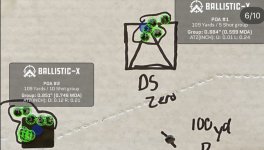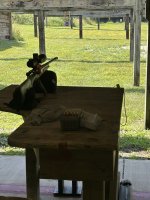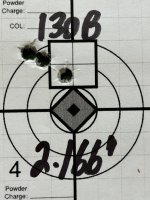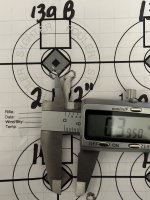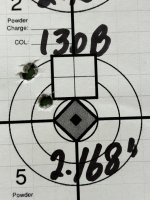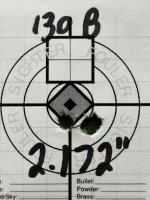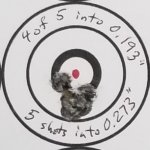I have a Daniel Defense Delta 5 with a Nightforce Atacr 5-25. This was my first time shooting this setup and confirmed and set zero at 100. Shot two types of ammo that I had done well. My best group was about a 1.5 inch group. Most likely me but my question is, how much of an improvement do hand loads make?
Back in the day, I used to hand load for a .308 I had and I used to set the overall case length to .010 over the chamber length so it was setting case length and seating when I closed the bolt. I sold my setup about 6 years ago but I am getting back into shooting. Just wanted to confirm what people are doing and what kind of results over stock ammo someone can expect?
Thanks
Back in the day, I used to hand load for a .308 I had and I used to set the overall case length to .010 over the chamber length so it was setting case length and seating when I closed the bolt. I sold my setup about 6 years ago but I am getting back into shooting. Just wanted to confirm what people are doing and what kind of results over stock ammo someone can expect?
Thanks


